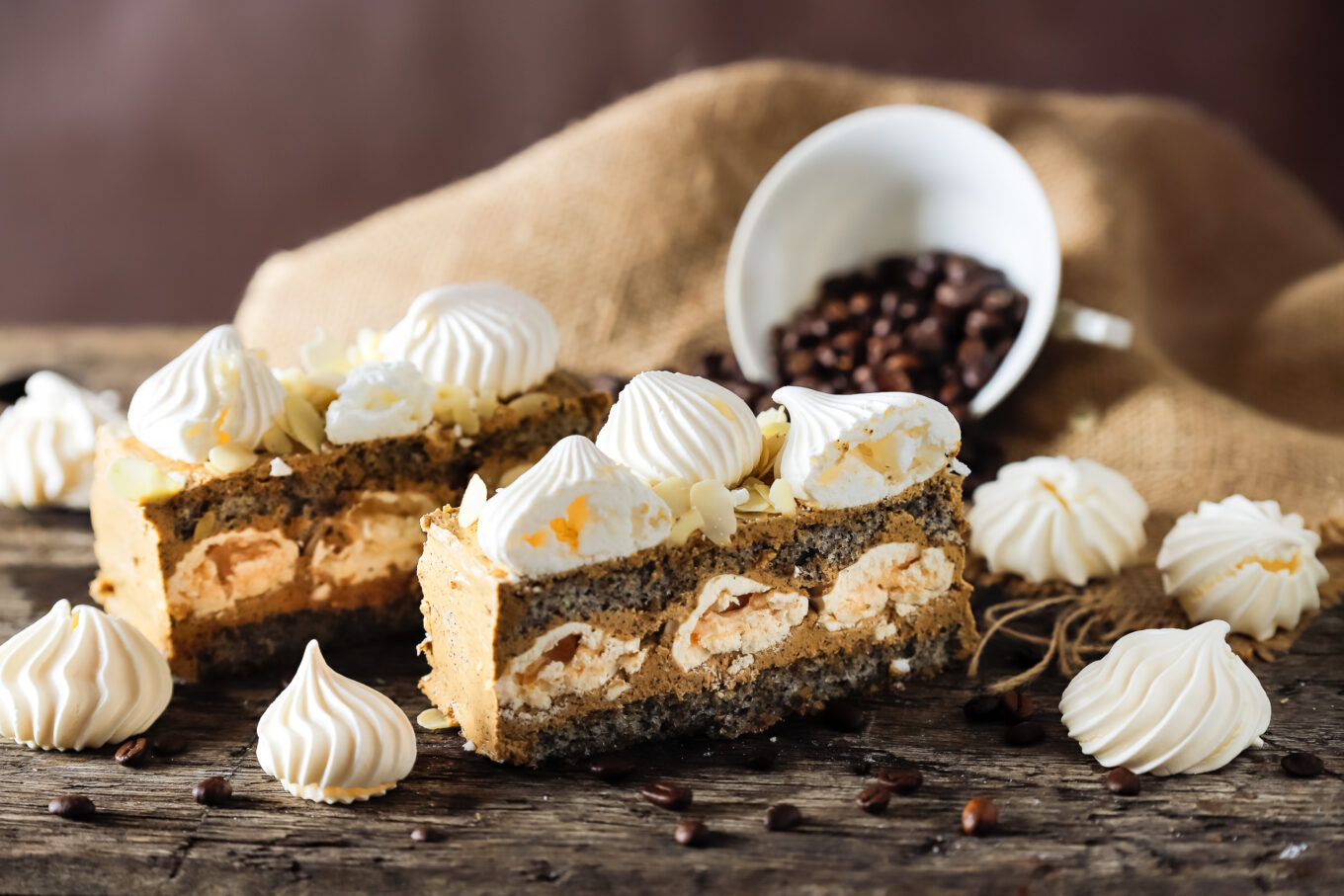Coffee and tea are among the most popular drinks in the world. We drink them even several times a day: in the morning, after dinner, with desserts. Both infusions have their supporters, and which one is better or tastier - it's a matter of individual preferences and we won't dwell on them. In this article, we will tell you about the different types of coffee and tea and what you should know to prepare the perfect brew.
What type of coffee to choose?
Currently, coffee producers offer us a huge variety of products that we can buy in specialized stores or in ordinary grocery stores. However, before we decide to reach for one of them, it is worth knowing a few factors that shape the quality and taste of brewed coffee.
The origin and species of cultivation
The coffee tree is grown in the tropical regions of Africa, Asia and Central and South America, but each of these regions has its own specificity that gives a specific character to the coffee harvest. And so grains from African countries are characterized by a stronger acidity than from other continents and at the same time a fruity aftertaste. American coffees are milder, less acidic, with a noticeable hint of chocolate and nuts, e.g. the popular Brazilian. On the other hand, coffee beans from Asian crops are the most devoid of acidity and are distinguished by a forest-earthy aftertaste. In addition, the coffee tree comes in two varieties - Arabica and Robusta. Arabica is grown on 70% plantations and is of higher quality. It is also characterized by a milder taste than robusta, which is sharper and more energetic. Therefore, once we are aware of the specificity of different types of coffee, it remains for us to adjust the product to our individual taste preferences.
Grinding coffee beans
None of us should have any doubts that freshly ground coffee tastes much better and retains a higher quality than purchased ready-made coffee. Therefore, it will be best if we buy a manual grinder or an espresso machine with a built-in grinding function. However, we should remember that individual methods or devices for brewing coffee require a specific level of grinding, e.g. fine for espresso machines or medium for coffee machines. So in order to prepare the perfect brew, we have to adapt to the requirements of the equipment we have at our disposal.
How to brew coffee?
Once we know what type and flavor of coffee to choose, the only thing left to do is brew it. Here we can use various types of devices offered by manufacturers - from the simplest coffee makers to the most modern pressure coffee makers. Many people, especially from the older generation, drink ground coffee with hot water. When preparing the infusion with this traditional method, be careful not to use boiling water, but boiled water at a lower temperature, approx. 92-96 degrees. Boiling water can burn coffee - it will become bitter and shallow in taste. In addition, the quality of the water also matters. Filtered tap water devoid of unnecessary minerals will provide more qualities to our coffee.
Types and varieties of teas
The world of teas is as rich as the world of coffee, as are the traditions associated with the preparation of both drinks. What types of tea are there and how do they differ? We will tell you about these most famous varieties.
Black tea
It is one of the most popular in Poland. It has a strong bitter taste, which is why it goes well with various additives such as lemon, sugar or honey. Black tea is made by twisting, fermenting and drying the leaves, thanks to which it acquires a dark brown color after brewing. The highest quality varieties come from China, Sri Lanka, Turkey and India.
Green tea
In Poland, it has recently become as popular as black. What distinguishes her? Green tea leaves are not fermented, they are dried immediately, which preserves the color and nutrients of the young leaves. In addition, green tea has healing properties and supports weight loss. Drinking an infusion from it accelerates metabolism, suppresses excessive appetite and cleanses the body of toxins. Among the numerous varieties, it is best to choose Japanese sencha due to its high quality.
Red tea
It is considered the most aromatic and expressive in taste among teas. Its leaves are slightly fermented until they turn red. This tea contains enzymes that have an antiviral effect. The most valued varieties come from China and Taiwan.
White tea
It is the rarest type of tea, but at the same time the noblest and most delicate in taste. It is harvested while still ripening in the form of buds - before the leaves fully develop, and then dried in the sun. The properties of white tea are similar to those of green tea, but much stronger. In ancient times, it was even used as a remedy for allergies and asthma. The best harvest of this tea comes from southern China.
Flavored tea
It is usually black or green tea enriched with various additives, such as pieces of spices, dried fruit, flower petals. Tea leaves easily absorb odors, thanks to which the infusion gains a unique taste and aroma, e.g. of tropical fruit. This type of tea is becoming more and more popular, especially as a good gift for various occasions.
How to properly brew tea
The method of brewing tea has a significant impact on its properties, taste and aroma, so it's worth learning a few tips that will help us get the perfect brew. First of all, let's choose tea in the form of a leaf, not packed in express bags - in them, the dried material has been heavily ground, which has lost a lot of its quality. Another important thing is the brewing temperature appropriate for a given type of tea - boiling water for black tea, and 70-80 degrees for more delicate green and white teas. The length of brewing is also important. The optimal time for black and green is 2-3 minutes, and for white 5 minutes. Loose leaf teas can also be refilled. It is best to prepare the infusion according to your individual preferences - brew longer if you want to bring out more strength and bitter taste, and shorter for a more delicate drink.
Both coffee and tea are good in the morning and go perfectly with any dessert. However, by learning about their different varieties and properties, as well as the principles of proper brewing, we can make our everyday drink richer in taste, aroma and its qualities.




